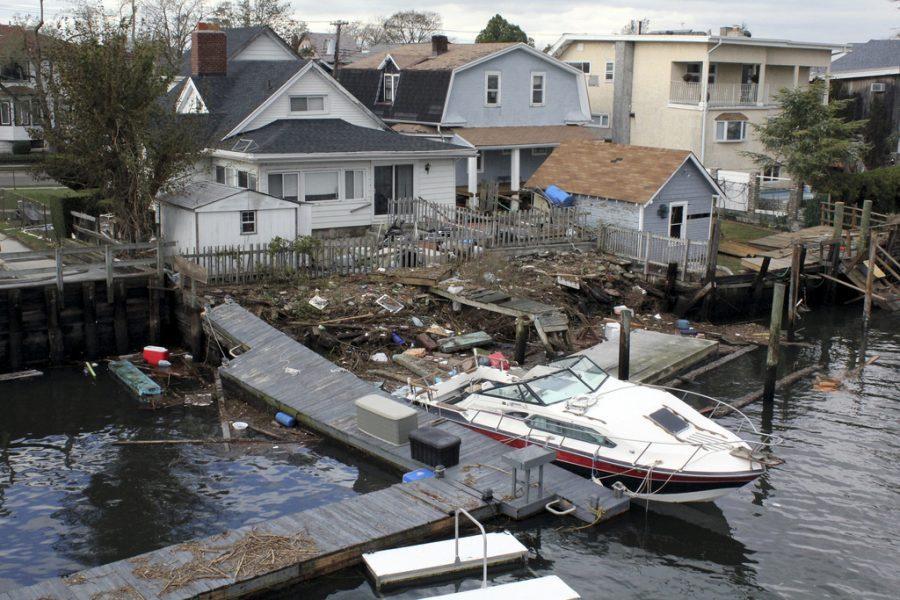NYU Program Aids Recovery in Disaster-Stricken Communities
The aftermath of Hurricane Sandy was devastating for many. (via flickr.com)
In the wake of large disasters, it can be difficult for communities to recover and move on. NYU’s Population Impact, Recovery and Resilience program — known as PiR2 — examines disaster-stricken communities and assesses their recovery process.
The program, which is within the College of Global Public Health, has recently focused its attention on the effects of Hurricane Katrina and Hurricane Sandy. PiR2 has worked with a research study — conducted by Director of PiR2 David Abramson before the project was founded — to interview over 1,000 households randomly sampled from Louisiana and Mississippi in the aftermath of Hurricane Katrina to survey how the population reacted and changed in response to these disasters.
Abramson explains how the program not only focuses on the effects of a disaster on a community, but also the impacts the community can have on individuals after a disaster.
“We’ve called this program Population Impact, Recovery and Resilience because it’s not only the impact that a population experiences, it’s the impact they can have,” Abramson said. “It’s the civic engagement component because people can make a difference during these times. We have lots of information on communities who were very successful because they were able to organize themselves and have a positive impact.”
Some of the research for this program is done in collaboration with other institutions including Harvard University, Tulane University and researchers at Colorado State University. Affiliated researcher and professor at Colorado State Lori Peek, who has been collaborating with NYU, said that the benefit of the program is that it looks at large sample sizes similar to that of the aforementioned Hurricane Katrina study to help gauge the impact of these natural disasters.
“The team at PiR2 has really led the way in terms of drawing large population-based samples to ensure that studies speak for entire regions affected by disaster,” Peek said.
Research Assistant Professor at NYU’s College of Global Public Health Alexis Merdjanoff said the main goal of the program is looking at the continual recovery process that occurs after a disaster.
“We’re interested in the long term recovery of people who have experienced disaster or trauma and that could be a natural disaster or a technological disaster — like the BP oil spill — and trying to understand the types of mechanisms that contribute to recovery or resilience,” Merdjanoff said. “A lot of disaster research focuses on the immediate aftermath of the events.”
Merdjanoff said that other researchers have focused on the six to 12 months after people experience disasters. However, this project is more concerned with the more immediate and long-term effects that are not covered in this time period.
Abramson said that a big impact of the program’s research is that it can show that there needs to be more support systems for disaster-stricken areas.
“One of the big lessons is that it takes a long time for people to recover,” Abramson said. “There has to be a better, more nuanced understanding of how long recovery takes.”
Email Arushi Sahay at [email protected].























































































































































